CATTI-题库-真题-模拟-课程-直播
 天之聪教育
天之聪教育
 2019-06-17
2019-06-17
 网络
网络
 3826次
3826次
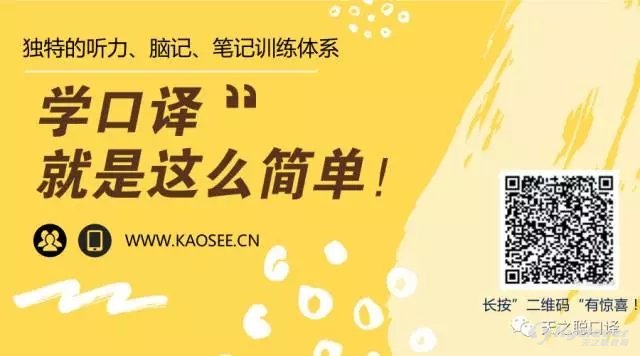
全国翻译专业资格(水平)考试 英语二级笔译实务
English-Chinese Translation
Translate the following two passages into English.
Passage 1
In 2009, Time magazine hailed School of One, an online math program piloted at three New York City public schools, as one of the year’s 50 best innovations. Each day, School of One software generated individualized math “playlists” for students who then chose the “modality” in which they wished to learn — software, a virtual teacher or a flesh-and-blood one. A different algorithm sorted teachers’ specialties and schedules to match a student’s needs. “It generates the lessons, the tests and it grades the tests,” one veteran instructor marveled. It saved salaries, too, thereby “teacher proofing” (as policy wonks say) education in a few clicks.
Although School of One made only modest improvements in students’ math scores and was adopted by only a handful of New York schools (not the 50 for which it was slated), it serves as a notable example of a pattern that Andrea Gabor, who holds the Bloomberg chair of business journalism at Baruch College/CUNY, charts in “After the Education Wars.” For more than three decades, an unlikely coalition of corporate philanthropists, educational technology entrepreneurs and public education bureaucrats has spearheaded a brand of school reform characterized by the overvaluing of technology and standardized testing and a devaluing of teachers and communities.
The trend can be traced back to a hyperbolic 1983 report, “A Nation at Risk,” issued by President Ronald Reagan’s National Commission on Excellence in Education. Against the backdrop of an ascendant Japanese economy and consistent with President Reagan’s disdain for public education (and teachers’ unions), “A Nation at Risk” blamed America’s ineffectual schools for a “rising tide of mediocrity” that was diminishing America’s global role in a new high-tech world.
Policymakers turned their focus to public education as a matter of national security, one too important (and potentially too profitable) to entrust to educators. The notion that top-down decisions by politicians, not teachers, should determine what children need was a thread running through the bipartisan 2001 No Child Left Behind Act, the Obama administration’s Race to the Top and state-initiated Common Core standards, and the current charter-driven agenda of Secretary of Education Betsy DeVos. “Accountability” became synonymous with standardized tests, resulting in a testing juggernaut with large profits going to commercial publishing giants like Pearson.
The education wars have been demoralizing for teachers, over 17 percent of whom drop out within their first five years. No one believes that teaching to the test is good pedagogy, but what are the options when students’ future educational choices, teachers’ salaries and retention and, in some states, the fate of entire schools rest on student test scores?
In meticulous if sometimes too laborious detail, Gabor documents reform’s institutional failings. She describes the sorry turns in New York City’s testing-obsessed policies, the undermining of Michigan’s once fine public schools (spurred in part by constant pressure from the DeVos family) and the heartbreaking failure of New Orleans to remake its schools after Hurricane Katrina. The largely white city establishment bypassed the majority-black community, inviting philanthropists and the federal government to rebuild its public schools as the nation’s first citywide, all-charter system. A dozen years later, more than a third of the city’s charter schools have failed.
Passage 2
Angkor is one of the most important archaeological sites in South-East Asia. For several centuries Angkor, was the centre of the Khmer Kingdom. With impressive monuments, several different ancient urban plans and large water reservoirs, the site is a unique concentration of features testifying to an exceptional civilization. The architecture and layout of the successive capitals bear witness to a high level of social order and ranking within the Khmer Empire. Angkor is therefore a major site exemplifying cultural, religious and symbolic values, as well as containing high architectural, archaeological and artistic significance.
The park is inhabited, and many villages, some of whom the ancestors are dating back to the Angkor period are scattered throughout the park. The Angkor complex encompasses all major architectural buildings and hydrological engineering systems from the Khmer period and most of these “barays” and canals still exist today. All the individual aspects illustrate the intactness of the site very much reflecting the splendor of the cities that once were. The site integrity however, is put under dual pressures: Endogenous: exerted by more than 100,000 inhabitants distributed over 112 historic settlements scattered over the site, who constantly try to expand their dwelling areas; exogenous: related to the proximity of the town of Siem Reap, the seat of the province and a tourism hub.
Angkor is one of the largest archaeological sites in operation in the world. Tourism represents an enormous economic potential but it can also generate irreparable destructions of the tangible as well as intangible cultural heritage. Many research projects have been undertaken, since the international safeguarding program was first launched in 1993.The scientific objectives of the research (e.g. anthropological studies on socio-economic conditions) result in a better knowledge and understanding of the history of the site, and its inhabitants that constitute a rich exceptional legacy of the intangible heritage. The purpose is to associate the “intangible culture” to the enhancement of the monuments in order to sensitize the local population to the importance and necessity of its protection and preservation and assist in the development of the site as Angkor is a living heritage site where Khmer people in general, but especially the local population, are known to be particularly conservative with respect to ancestral traditions and where they adhere to a great number of archaic cultural practices that have disappeared elsewhere. Moreover, the Angkor Archaeological Park is very rich in medicinal plants, used by the local population for treatment of diseases. The plants are prepared and then brought to different temple sites for blessing by the gods. The Preah Khan temple is considered to have been a university of medicine and the NeakPoan an ancient hospital.
Chinese-English Translation
Translate the following two passages into English.
Passage 1
预计到2020年,全国60岁以上老年人口将增加到2.55亿人左右,占总人口比重提升到17.8%左右;高龄老年人将增加到2900万人左右,独居和空巢老年人将增加到1.18亿人左右。涉老法规政策系统性、协调性、针对性、可操作性有待增强;城乡、区域老龄事业发展和养老体系建设不均衡问题突出;养老服务有效供给不足,质量效益不高,人才队伍短缺;老龄工作体制机制不健全,社会参与不充分,基层基础比较薄弱。
规划提出目标,到2020年,老龄事业发展整体水平明显提升,养老体系更加健全完善,及时应对、科学应对、综合应对人口老龄化的社会基础更加牢固。
城镇职工和城乡居民基本养老保险参保率达到90%,基本医疗保险参保率稳定在95%以上,社会保险、社会福利、社会救助等社会保障制度和公益慈善事业有效衔接,老年人的基本生活、基本医疗、基本照护等需求得到切实保障。
老龄事业发展和养老体系建设的法治化、信息化、标准化、规范化程度明显提高。市场活力和社会创造力得到充分激发,养老服务和产品供给内容更加丰富、质量更加优良,以信用为核心的新型市场监管机制建立完善。
全社会积极应对人口老龄化、自觉支持老龄事业发展和养老体系建设的意识显著增强,敬老养老助老社会风尚更加浓厚,老年宜居环境建设扎实推进,老年人合法权益得到有效保护,老年人参与社会发展的条件持续改善。
Passage 2
中国的改革发端于农村
(暂缺)
从1978年至1985年,农村经济体制的深刻变革,为农村经济的超常规增长和贫困人口的大幅减少提供了强劲动力。按当时标准,有50%未解决温饱的农村人口在这期间解决了温饱问题。按现在的扶贫标准,有超过1亿农村人口在这期间摆脱了贫困。

 点赞(0)
点赞(0)

 收藏
收藏
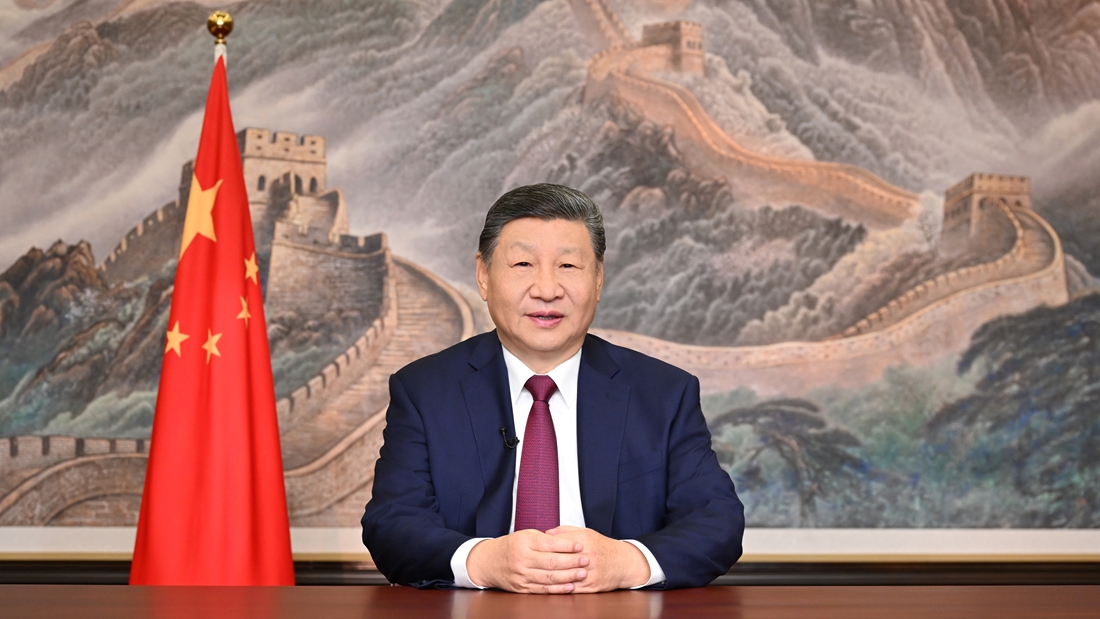
Greetings to all! Year after year, life opens a fresh chapter. As the new year begins, I extend my best wishes to you from Beijing!
新华网 2025-12-31 19:53:10
 收藏资讯
收藏资讯
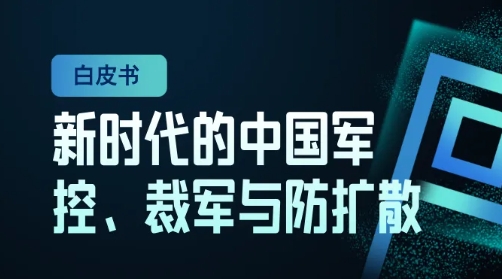
军控、裁军与防扩散,寄托着人类铸剑为犁、干戈载戢的美好夙愿,承载着降低战争风险、消除安全赤字、促进世界和平的重要使命,关乎全球战略安全与人类共同福祉,日益成为国际社会共同期待。
国新办 2025-12-03 08:43:20
 收藏资讯
收藏资讯
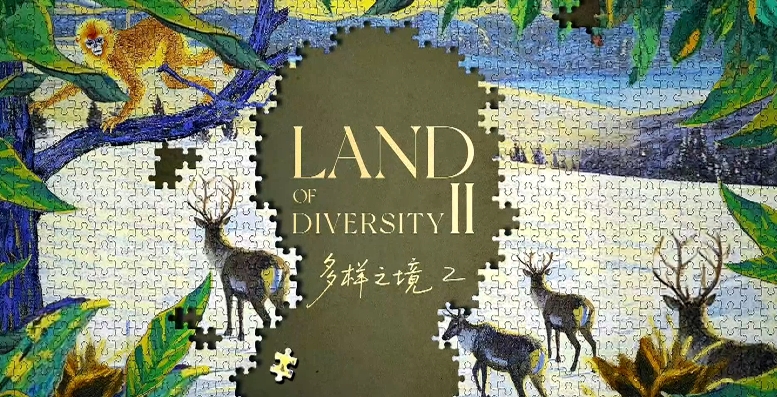
今年是中国人民抗日战争暨世界反法西斯战争胜利和联合国成立80周年。在这一关键历史节点,习近平总书记胸怀人类前途命运、把握时代进步潮流,在“上海合作组织+”会议上郑重提出全球治理倡议,为解答“构建什么样的全球治理体系、如何改革完善全球治理”的时代命题亮明了中国方案。
外交部 2025-11-13 09:12:08
 收藏资讯
收藏资讯
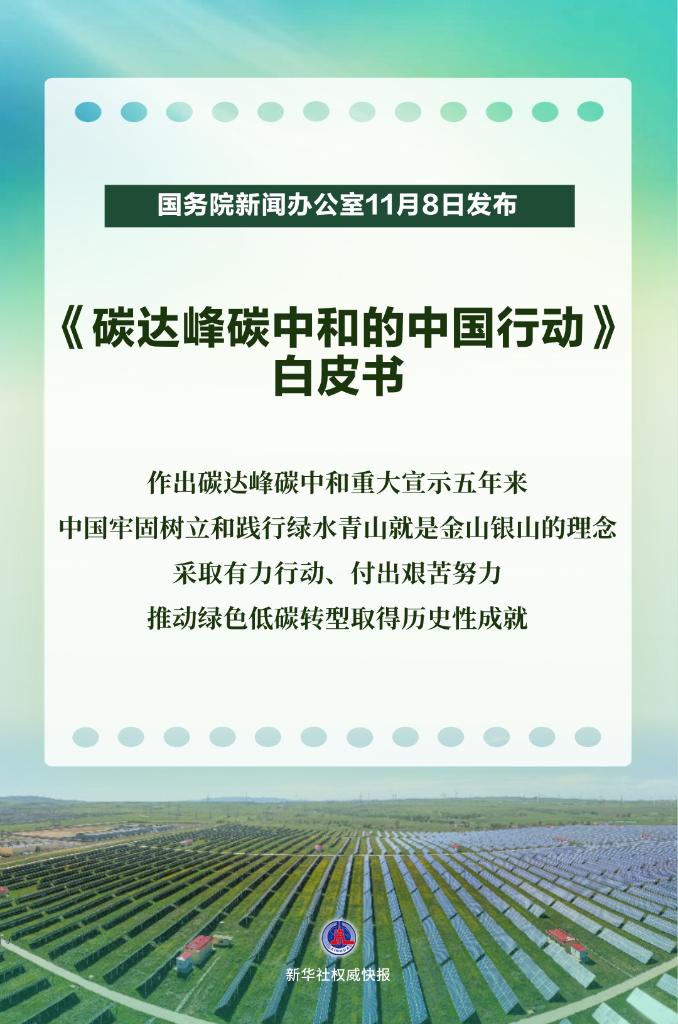
地球是人类赖以生存的家园,应对气候变化、推动可持续发展关系人类前途和未来。人类进入工业文明时代以来,在创造巨大物质财富的同时,也加速了对自然资源的攫取,打破了地球生态系统平衡,人与自然深层次矛盾逐步凸显。近年来,气候变化不利影响日益显现,全球行动紧迫性持续上升。
国新办 2025-11-12 10:02:52
 收藏资讯
收藏资讯